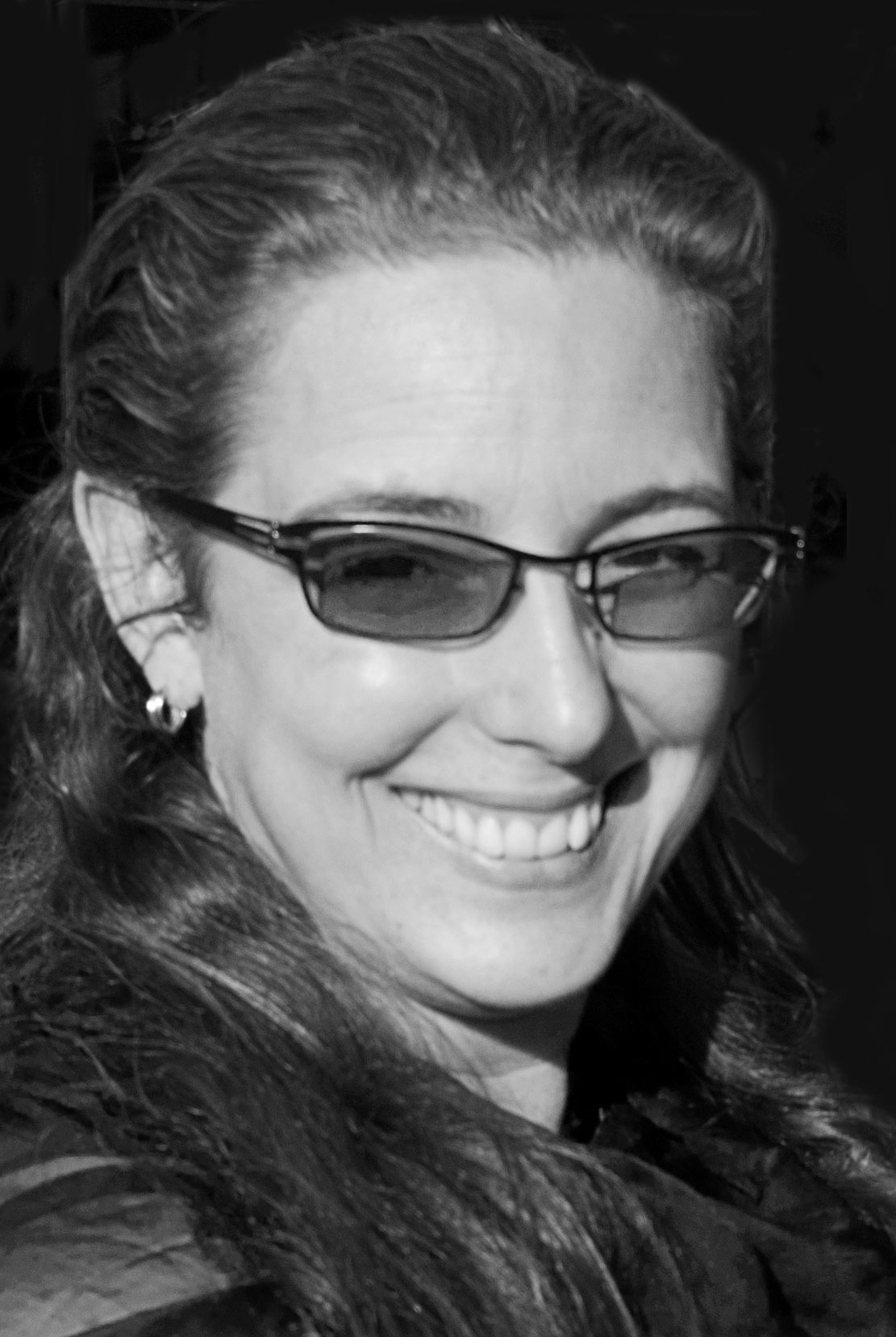with Laura Gonzalez
08.07.2011
From: Gonzalez, Laura “Immigrant Movement International,” ARTLOG, New York, United States, July 8, 2011 (video)
http://artlog.com/posts/137-immigrant-movement-international
Immigrant Movement International
with Laura Gonzalez
The neighborhood of Corona, Queens is very diverse. 46% of its population is foreign born, and residents speak 167 different languages. With a population of around 100,000, it’s densely populated with immigrants who largely live in cramped, potentially unsafe conditions.
This year, Corona has a new resident. She is Cuban and is living on minimum wage (currently $7.25) and shares a 4 bedroom apartment with 11 roommates, including a newborn. Her name is Tania Bruguera, and she’s not an illegal immigrant. She’s a globally recognized performance artist who is currently embarking on a long term community-based art project focused on the immigrant population of Corona.
Bruguera’s initiative is titled Immigrant Movement International, and its sojourn in Queens is sponsored by Creative Time and the Queens Museum of Art. IMI simultaneously functions as a community center, complete with English classes and legal advising, and a conceptual art studio, which organizes participatory performance art pieces throughout the area. One piece consisted of Bruguera and a few program participants boarding the subway and engaging strangers in conversations about their personal experiences as immigrants. They were met with varying levels of hostility and interest, which speaks to the aim of the project as a whole: to educate and empower both the immigrant community and the surrounding society by encouraging active interaction and open discourse.
This physical commitment to abstract ideas (exemplified by her decision to live with illegal immigrants on their budget) and her desire to engage as many people as possible in her works are central aspects in Bruguera’s extensive performance oeuvre. She has largely dealt with the dynamics of power icons and structures, exploring how they play into a society’s relationship with its history, norms, and conscience. From offering cocaine to a Colombian audience to having policemen mounted on horseback marshal an art-viewing public inside the Tate Modern, Bruguera exposes the unspoken codes that regulate social behavior. Her art is purposefully didactic, political, and participatory – in short, it aims to be useful.
